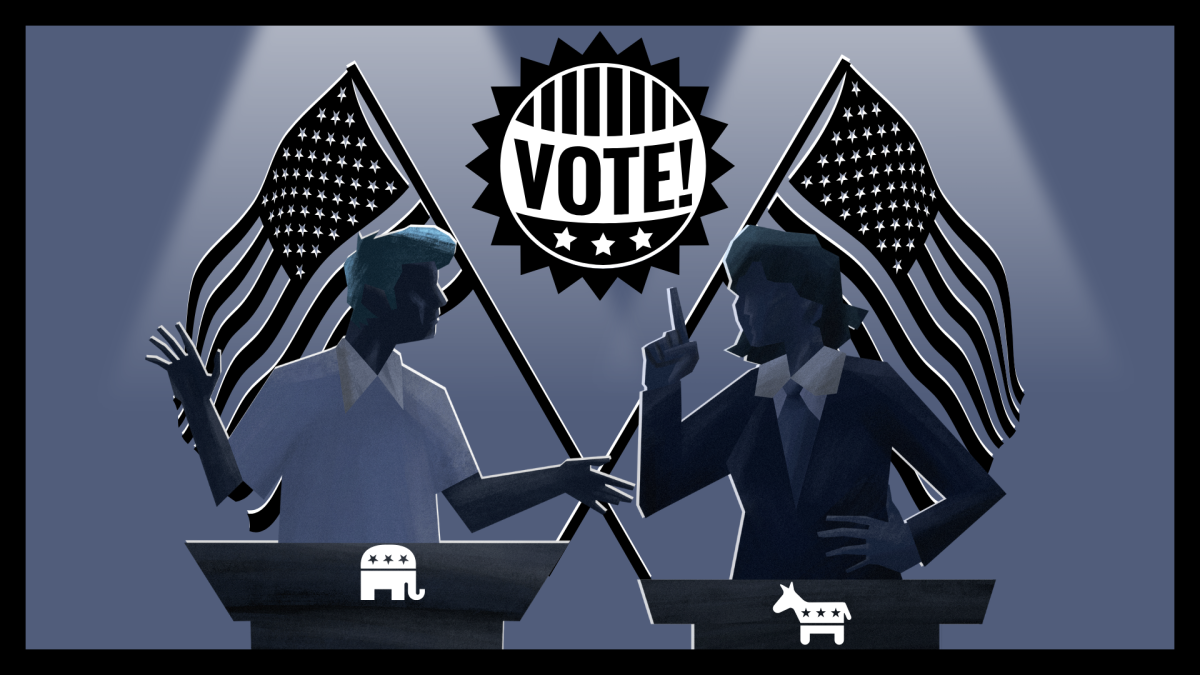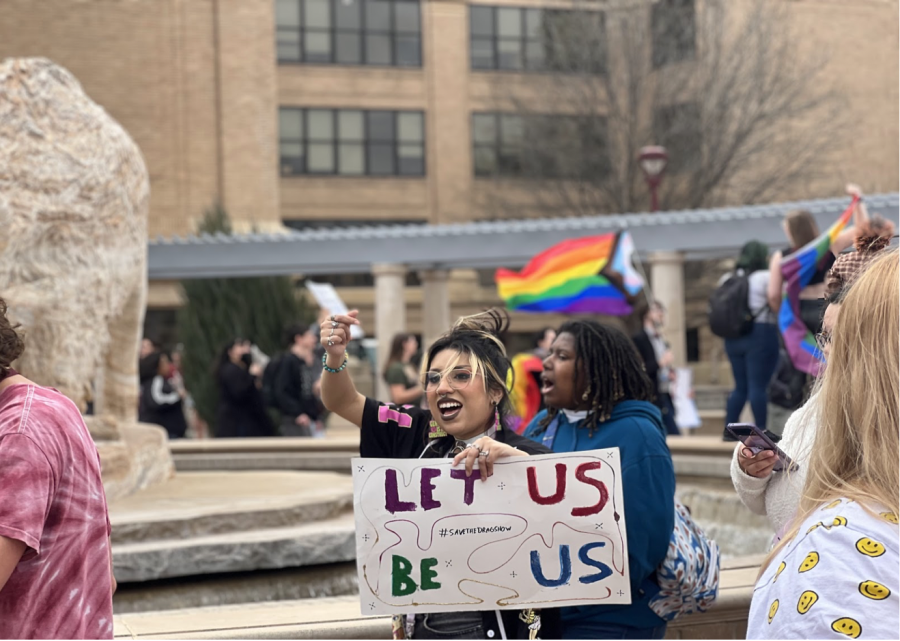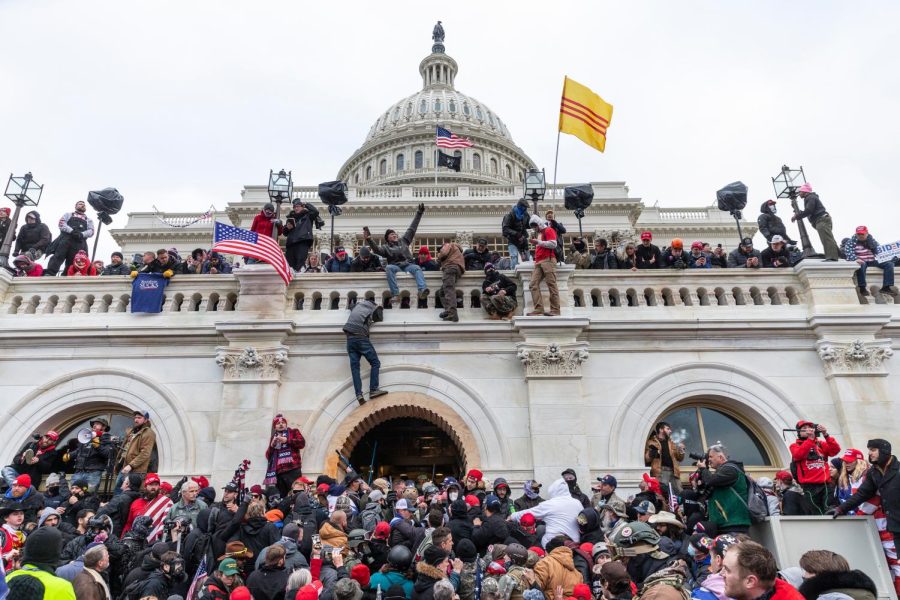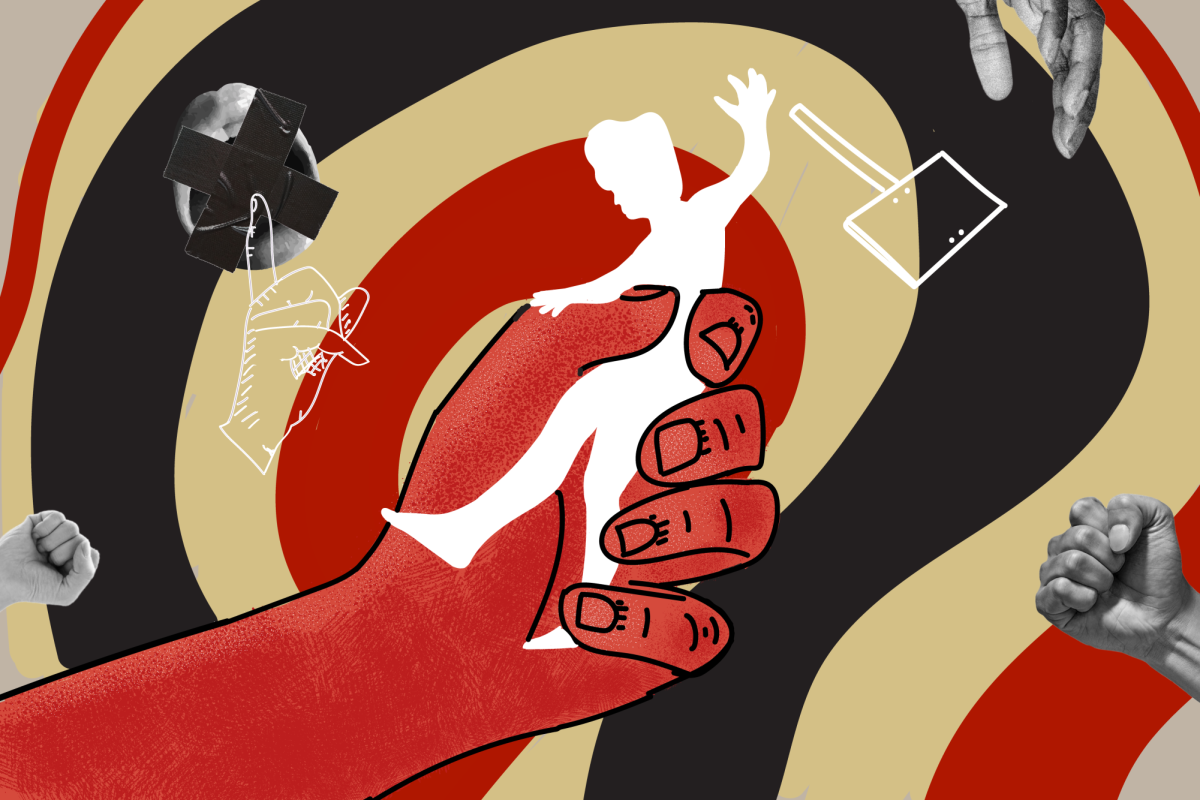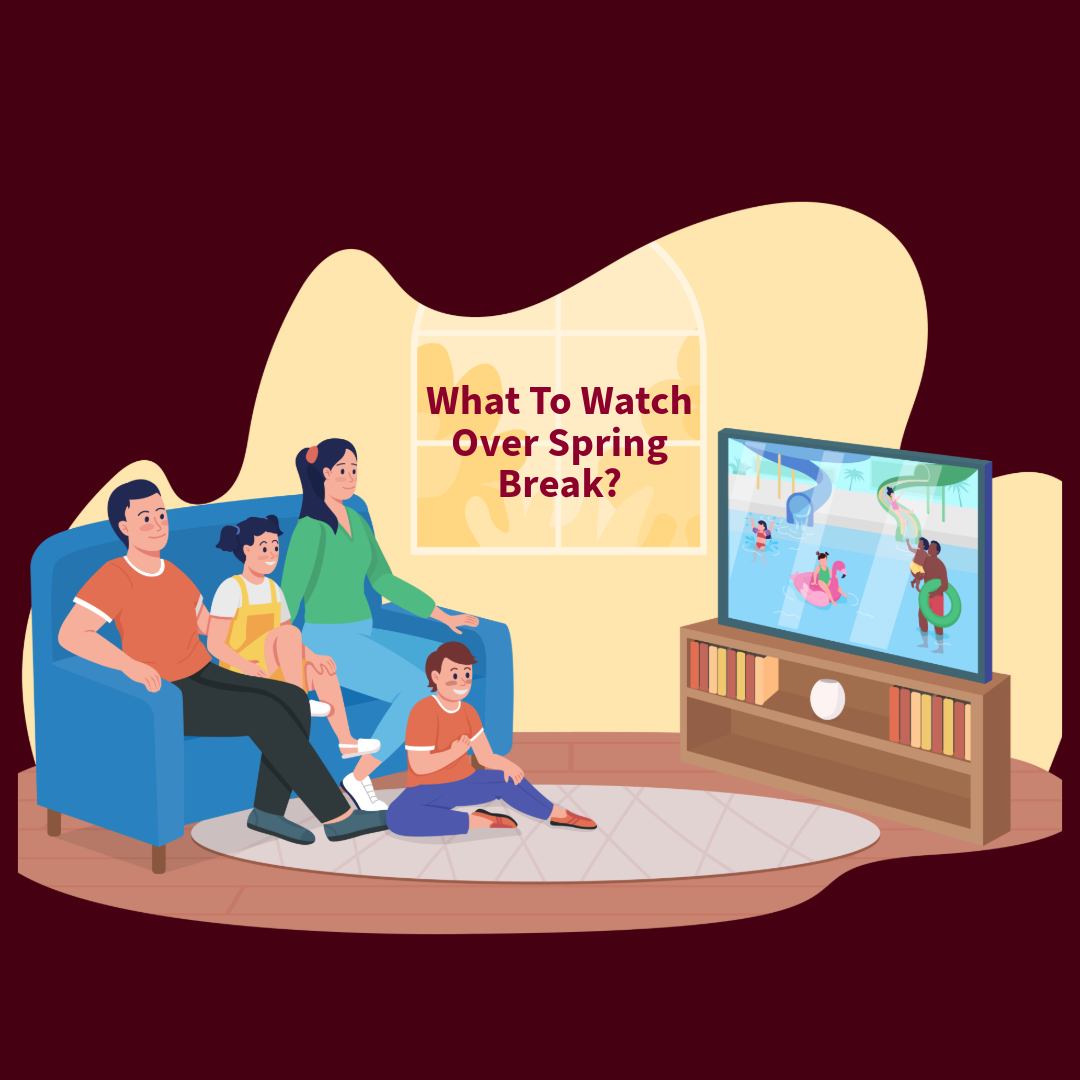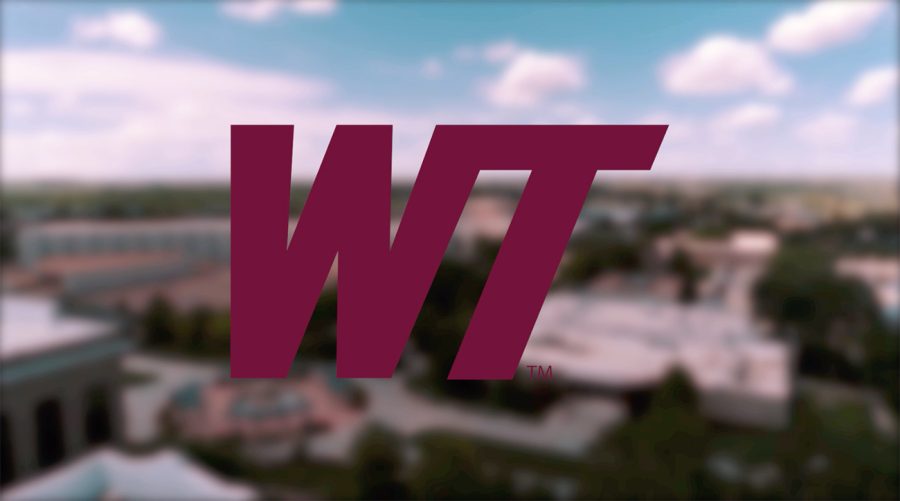November just around the corner and the mid-term elections along with it. A student can spend endless hours debating the merits of one party, candidate or issue but it’s all hot air if that student does not exercise their political power. Young people between the ages of 18 and 24 have historically been the demographic with the lowest turnout at the polls, according to the US Census Bureau. There was a large spike in an otherwise downward trend during the 2008 presidential election, but the decline has already begun again by the 2012 numbers. Anyone who has spent time conversing with college students knows that, while their views can range all across a broad spectrum, college students are a very opinionated bunch. With that in mind, why aren’t students voting?
Students living on a college campus in an unfamiliar town have a number of obstacles between themselves and the nearest voting booth. Many have no idea how to begin the process, especially freshmen who have just recently become old enough to vote. Knowing where to register, when the deadline for registration is and how to get it done can be completely foreign to someone new to the process, especially in an unfamiliar town. To alleviate this frustration, potential voters can visit http://www.votetexas.gov/ to register. Voters must be registered 30 days before an election, which means deadline to register for the upcoming election is Oct. 6. Then, once they have their registration card in hand the question becomes, “where do I go to vote?” This information can also be found on the website but many voters who have an address in Canyon can vote at the Courthouse. Finally, and perhaps the biggest hurdle, is apathy. Some see themselves as too busy, others don’t feel educated enough on the issues to make a choice and some don’t feel like their single vote makes a big enough difference to matter. Some organizations in the community have attempted to alleviate some of these frustrations by setting up booths for voter registration in the JBK and helping keep students informed on the process. That final problem, however, still remains an obstacle to the potential student voter.
Living in our society of the Internet, smart phones and Google, there is little excuse for being ill informed. Students can, with the click of a mouse, learn everything they ever needed to know about any political party, gubernatorial candidate or presidential hopeful. This does, however, present another problem. The Internet’s vast treasure trove of information can be overwhelming, and sometimes full of lies. Any random blogger can start spewing misinformation to soil the name of whichever political entity they dislike, Wikipedia often has to lock down pages for high profile politicians to prevent vandalism and random images claiming that whichever politician disagrees with you is the antichrist run rampant. Still, there are ways to navigate this mess. Websites like Politifact.com work hard to fact check nearly every public statement made by politicians, research into legitimate news sites can help see through the muddle of potentially bad information and a simple Google search can map out every step of the voting process. Filtering media, recognizing bias and learning to seek out more information are all important skills for those who wish to be informed in this age.
As mentioned earlier, arguing politics without participating is little more than hot air. You may convince another student to agree with you, or aggravate them into voting against your own beliefs. Without exercising your right to participate in the political process you allow others, who may hold beliefs you disagree with, to dictate what kind of country you live in. The United States of America is a representative democracy, and every single vote counts towards the goal of accurately electing politicians that represent their constituency.





